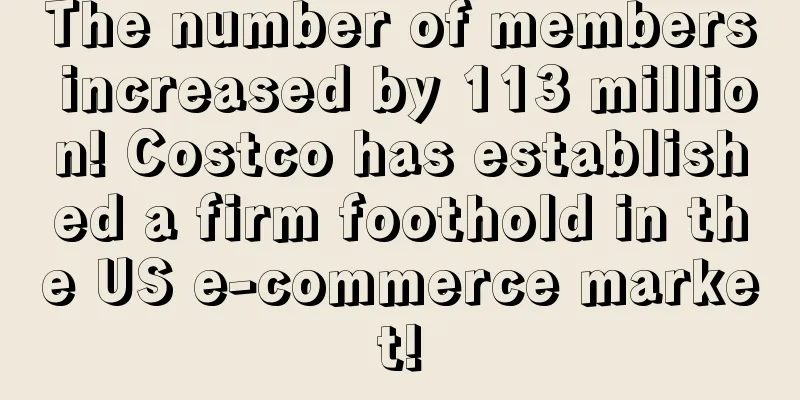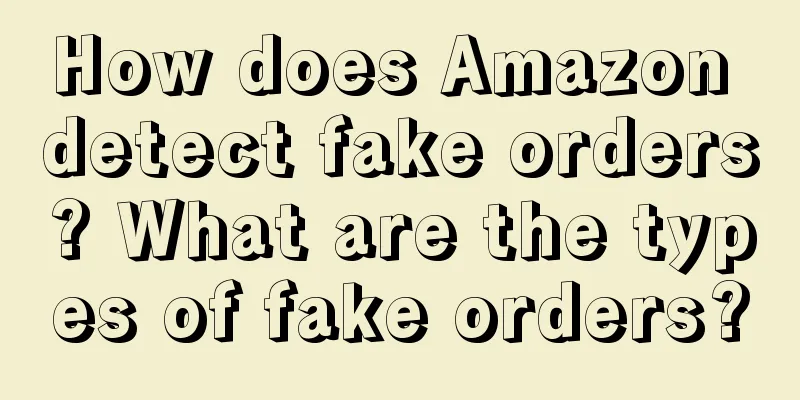Product development should be adapted to local conditions: At the current stage, how can we improve the success rate of product selection?

|
Chen Yinbing1
My C position A netizen sent me a WeChat message, saying that he had benefited from my reply in the forum and was thinking about improving his product capabilities. I was of course happy for this netizen's recognition and his progress, but I also felt ashamed because I hadn't replied to questions about product development in the forum for a long time, so I updated this article overnight. Note that we are discussing the business here, not the individual seller, because multiple product lines or departments of the same seller will be at different stages of maturity, and it is more accurate to discuss them separately.
Refers to a company that is still looking for products and does not have a stable and profitable business. It is common in newly formed startup teams. There are two points to note here. 1. The competition for sales volume also depends on the range. In some categories, the competition from the 1st to the 100th place is very fierce, but in some categories, only the first 20 or 50 are fierce. There are still good volumes and prices after the 20th or 50th place. The latter situation can be considered. 2. The sales window period refers to how long the time opportunity is to launch a new product, which is different from the life cycle and seasonality. For example, the life cycle of mobile phone films is 11 months, which has a certain seasonality, but the time opportunity for new product promotion is only 1-2 weeks;
Refers to a product line that is profitable overall, but has a confused mindset, lacks a unified process, and lacks replicable growth points. This is common in small teams that expand or spun off from a startup team. Combined with display angles, embedded keywords, bids, negative review points, targeted optimization, gradually eroding their market, and finally using new products to seize the competitors' positions. It doesn't matter if you can't compete with them for a while, you can always find a better way to reduce costs by visiting suppliers more often. As long as you succeed once, you can use this method to replicate in batches for subsequent product lines.
Refers to teams that have a stable and controllable new product success rate and business scale, but have a single growth model, and cannot improve profits and labor efficiency. This is common in teams that are in the expansion stage or have just completed expansion. At this point, the product selection criteria are only used to measure the priority of these resources and how much budget should be injected into them, and are not suitable for deciding whether to keep or remove specific products. Product lines, suppliers and corresponding business personnel should be arranged according to business output. High-net-worth resources should be listed separately, and then classified and managed according to the standards of cash cows, dogs, stars, and problems. Those that need to be strengthened should be strengthened, and those that need to be merged and eliminated should be dealt with in a timely manner. Refers to businesses that have moved away from relying on scale to achieve growth and have taken root in several categories. Generally speaking, these are the names we often see in the news. |
Recommend
How can Amazon sellers achieve differentiated operations?
The full text has 1606 words and takes 7 minutes ...
What is BigBigAds (Headline Advertising Intelligence)? BigBigAds (Headline Advertising Intelligence) Review
BigBigAds (Toutiao Advertising Intelligence) is a ...
What is Spredfast? Spredfast Review
Spredfast is another useful social media marketing...
What's going on? My brother-in-law supports the US tax increase, Amazon third-party sellers should be alert
Amazon, the largest e-commerce company in the Unit...
What is Amazon Market Capacity? Amazon Market Capacity Evaluation
Market capacity refers to the stage sales volume o...
Directly close the store! ! Amazon cracks down on illegal mergers of Vine and wool-pulling behavior on a large scale
text Recently, a storm of closures against abuser...
Internet celebrities are gathering to disrupt Southeast Asian e-commerce, ushering in a new round of competition
Southeast Asia is becoming a hot spot for domestic...
What is AMZ Tracker? AMZ Tracker Review
AMZTracker is an Amazon auxiliary software, which ...
FBA warehouses urgently evacuated! Amazon is reported to be planning to build an independent website!
Yesterday, foreign media broke the news that a ha...
Still dare to sell masks? Let's see what happened to those who rushed to sell masks!
Italy has over 10,000 confirmed cases, and the cou...
Attention! Amazon Prime membership discounts will be integrated into the price discount tool!
Amazon has made another big move! Starting from Ja...
What is Keqi Keqi Network Technology (Guangzhou) Co., Ltd.? Keqi Keqi Network Technology (Guangzhou) Co., Ltd. Review
Keqi Keqi Network Technology (Guangzhou) Co., Ltd....
Target breaks through supply chain difficulties! Revenue in 2021 exceeds $100 billion!
<span data-shimo-docs="[[20,"获悉,Target公布了2...
What is Amazon One-Click Ordering? Amazon One-Click Ordering Review
Amazon One-Click Checkout allows you to order prod...
Google officially opens Bard public beta, starting with the UK and the US
It is learned that on March 21, Google announced t...









